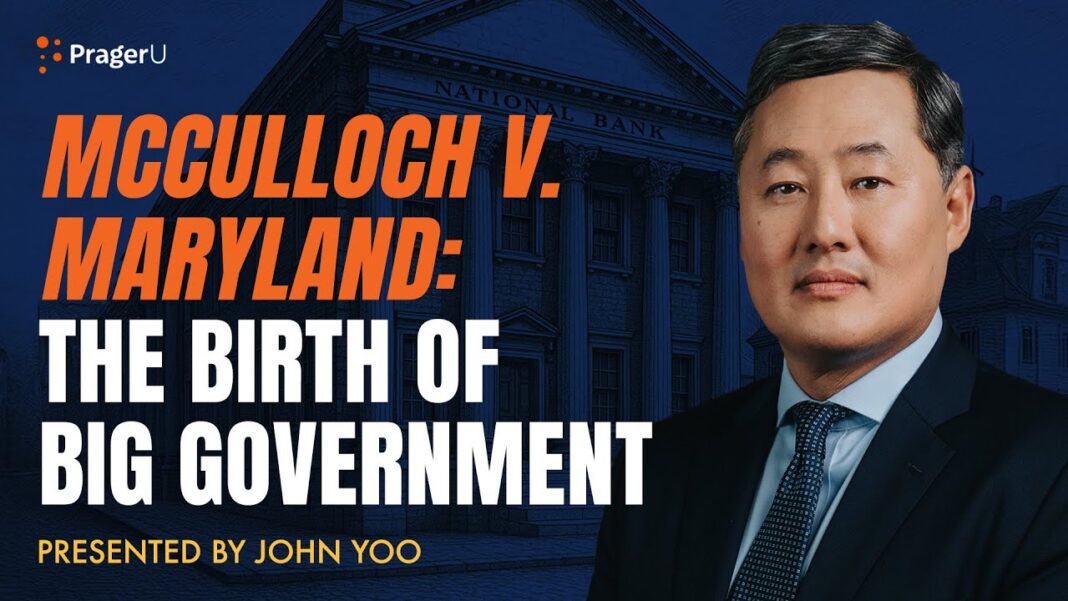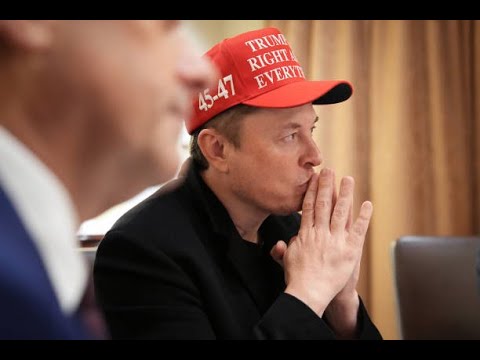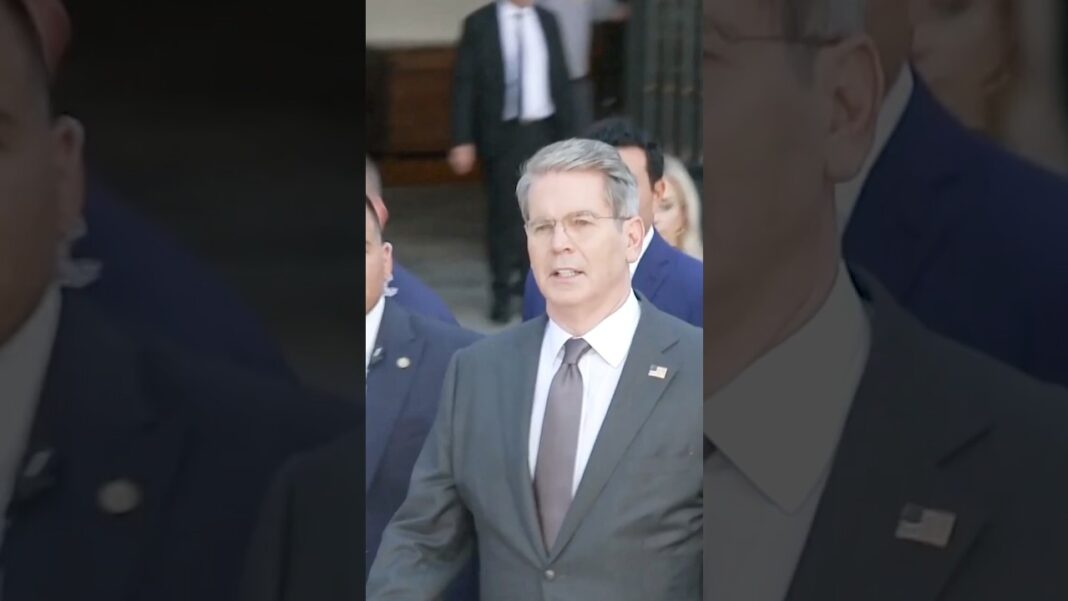Federalism is a fundamental aspect of the American Constitution. Eliminating federalism would eliminate a major check on the power of the federal government. Since the 1930s, however, the federal government has actively sought to increase its power at the expense of the states. This expansion has been supported by a Supreme Court that has consistently endorsed the growth of federal authority since the landmark case of McCulloch v. Maryland in 1819. The Court held that Congress possesses a vast array of implied powers that complement its enumerated powers.
Federalism is “a system of government where two levels of government – a national government and…states-have authority and control over the same territory and the same people.” Federalism is part of the Constitution, which enumerates and implies many federal powers but also reserves certain powers to the states. These powers include education, health, safety, zoning and housing, morals, issuing licenses, preserving the general welfare, running elections, and setting voter qualifications. As a group they are referred to as “police powers.”
The diminishment of federalism is a continuing federal obsession. Presently, the Secretary of the Treasury wants to declare a national housing emergency and impose federal authority over building and zoning codes. Senator Rochester (D-DE) introduced a bill to establish federal guidelines for state and local zoning requirements. President Obama’s Affordable Care Act imposes federal insurance requirements on the healthcare industry. President Biden issued Emergency Declarations to place moratoriums on rent increases during the pandemic. Article I, section 4 of the Constitution gives states the power to set the manner of holding elections. Trump, however, wants to eliminate mail-in voting and asserts “the states are merely an agent” of the federal government and must follow presidential orders.
As the federal government diminishes state police power, many states are organizing to free themselves of federal mandates. California, Oregon, Washington, and Hawaii are forming a coalition to set vaccine standards now that the federal government seeks to repeal its mandates. Oklahoma seeks to require teachers from New York and CA to prove they support President Trump’s America First policy. Texas proposed a new union of law-abiding states. Twenty-three states have enacted climate change action plans.
While the divide between the powers of the federal and state governments sounds simple, “play nice.” there is a growing state hostility over federal intervention that could cause a serious conflict within the Union.
A little bit of history.
Until the early 1900s, the respective states had larger budgets than the federal government and administered most domestic programs. Moreover, the federal grant money given to the states was to implement state programs. In 1960, there were 132 state grant programs. Today, the federal government has between 1000 and 1300 grant programs that provide more than $1 trillion to the states, about 35% of all state revenue. Since the Great Depression in the 1930s, a significant shift has occurred: the federal government has expanded its power over the states by imposing conditions on the grants it gives them. The federal government collects taxes from citizens in the states, consolidates all the money in Washington, takes a portion for administrative costs, and then redistributes the collected funds to the states in an unequal manner. Since state residents have already paid federal taxes to support these programs, the states usually accept their share of the returned funds, even though those dollars could have been spent on other local priorities if they had remained within the states.
Now, this situation is causing significant conflict to arise.
President Trump believes he has the authority to control most state actions by withholding federal grant funds. Trump probably has this authority under the contracts with the states or can secure such authority upon contract renewal. He is threatening to withhold disaster relief funds and funds for roads, bridges, and Sanctuary Cities if states do not cooperate with his immigration enforcement efforts. Trump even threatened to withhold federal disaster relief for the California wildfires unless the state changed its rules that protect endangered fish. President Trump is taking federal control over states a step further by threatening to deploy the National Guard and our military to replace the police in Democrat run cities. Using the images from “Apocalypse Now” featuring a ball of frames as helicopters zoom over Chicago, he notes “Chicago [is] about to find out why it’s called the Department of WAR.” Trump is also recruiting the red state governors of TN, TX, OH, WVA and MO to dispatch their National Guard to blue cities to support his crackdown on crime. This act puts the National Guard of one state against the police powers of another state.
The Blue states respond.
While the constitutionality of Trump’s cut-off of grant funds to the blue states will ultimately be resolved by the courts, it opens debate over which states fund the Union. Nearly 60% of all federal tax receipts come from blue states. These states receive back 53% of the amounts they send to Washington. Conversely, the red states contribute 40% of federal tax receipts but receive 47% of the federal grant money. Thirteen states contribute more to the federal coffers than they receive in grants from the federal government. Of the thirteen, 11 are blue states or leaning blue. The top contributors are bright blue: MA, NJ, WA, and CA. Ten of the top thirteen largest recipients of federal money are red states, including: NM, MS, KY, AL, and LA.
Keeping federalism together.
The foolish part of this federal-state power struggle is that both levels of government operate under a delusion that one can make it work without the other. Both levels of government are so dependent on each other that separation is not possible.
The federal government has a $37 trillion national debt that it can never pay off. It does not have the $1 trillion to continue making grants to the states as a means of controlling them. Trump is already cutting back on grants to states, as illustrated in his “One Big, Beautiful Bill” (“OBBB”), which cuts over $1 trillion from Medicaid and rural hospitals, and $186 billion from the Supplemental Nutrition Assistance Program over ten years. The OBBB also cuts ten million individuals from federally subsidized health insurance. Those cuts alone could represent 30% of the federal grant money the states receive.
The brutal reality is that if the states refused all federal funding, the state implementation of federal programs would collapse, as the federal government lacks the resources to administer the thousand-plus programs administered by the states. Both levels of government must recognize that the citizens of the fifty states pay taxes to the federal government for services that the federal government cannot afford to provide. Yet, the federal government bullies states into being servants of the federal government.
Viewed constructively, if the federal government eliminated the trillion dollars it taxes the citizens of the fifty states to implement federal programs, it would enable states to tax their citizens for the programs they want in their state, without increasing the overall tax burden on citizens. This change would restore budget sanity for both levels of government by creating genuine federalism.
William L. Kovacs, author of Devolution of Power: Rolling Back the Federal State to Preserve the Republic. It received five stars from Readers’ Favorite. His previous book, Reform the Kakistocracy, received the 2021 Independent Press Award for Political/Social Change. He served as senior vice president for the U.S. Chamber of Commerce and chief counsel to a congressional committee. He can be contacted at wlk@ReformTheKakistocracy.com








